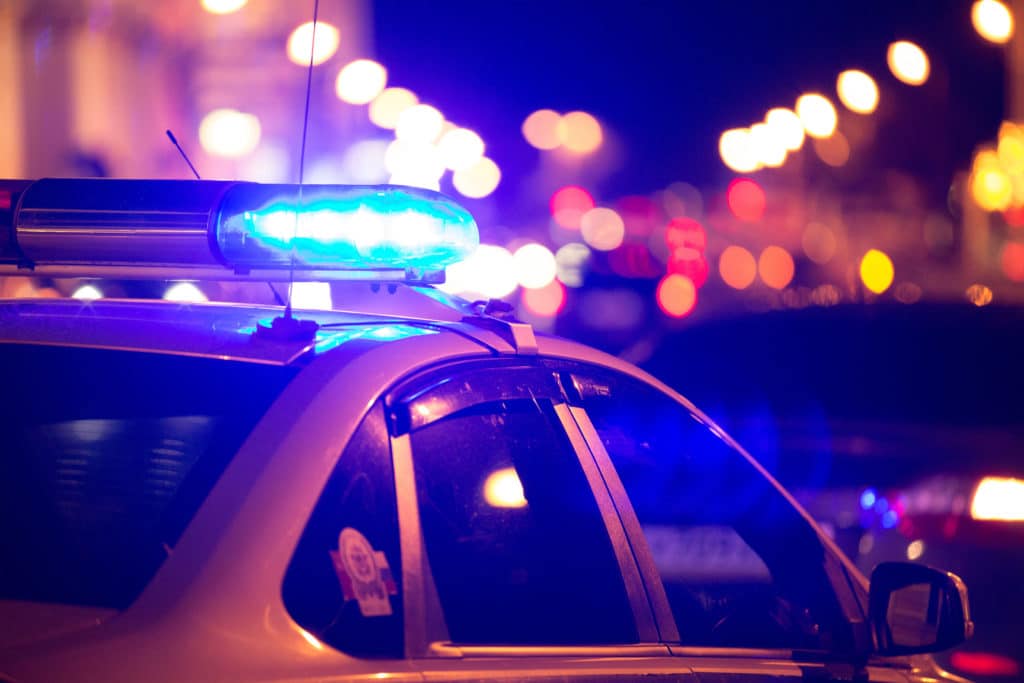
This is the season for celebrating with family and friends. But, when it comes to drunk driving, this most joyous time of year is also the deadliest. According to the National Highway Traffic Safety Administration (NHTSA), every holiday season, hundreds of lives are lost due to drunk drivers.
Drunk driving facts
Over the past five years, an average of 300 people nationally died in drunk driving crashes during the Christmas through New Year’s holiday period. From 2012-2016, in the month of December, the NHTSA reported 14,472 people lost their lives in traffic accidents. Of those December deaths, 28%, or 3,995, people died in drunk-driving crashes.
Approximately one-third of all traffic crash fatalities in the United States involve drunk drivers (with blood alcohol concentrations [BACs] of .08 of higher). In every State, it’s illegal to drive with a BAC of .08 or higher, yet one person was killed in a drunk-driving crash every 50 minutes in the United States in 2016.
In 2016, the NHTSA reported 10,497 people killed in these preventable crashes. What’s more, over the 10-year period from 2006-2016, an average of more than 10,000 people died every year in drunk-driving crashes.
Steps to Prevent drunk driving
At this time of year, the NHTSA suggests the following steps to prevent drunk driving:
- If you will be drinking, plan on not driving.
- Plan your safe ride home before you start the party.
- Designate a sober driver ahead of time.
- If you drink, do not drive for any reason.
- Call a taxi, phone a sober friend or family member, use public transportation, etc.
- Download NHTSA’s SaferRide app from Google Play or the iTunes Store which helps you identify your location and call a taxi or friend to pick you up.
- If someone you know has been drinking, do not let that person get behind the wheel. Take their keys and help them arrange a sober ride home.
- If you see an impaired driver on the road, contact local law enforcement. Your actions could help save someone’s life.
Call The Council
If you, a loved one, or friend have a problem with alcohol, call The Council on Recovery at 713-941-4200 or contact us online. We are Houston’s leading non-profit provider of prevention, education, treatment, and recovery services. We can help!
